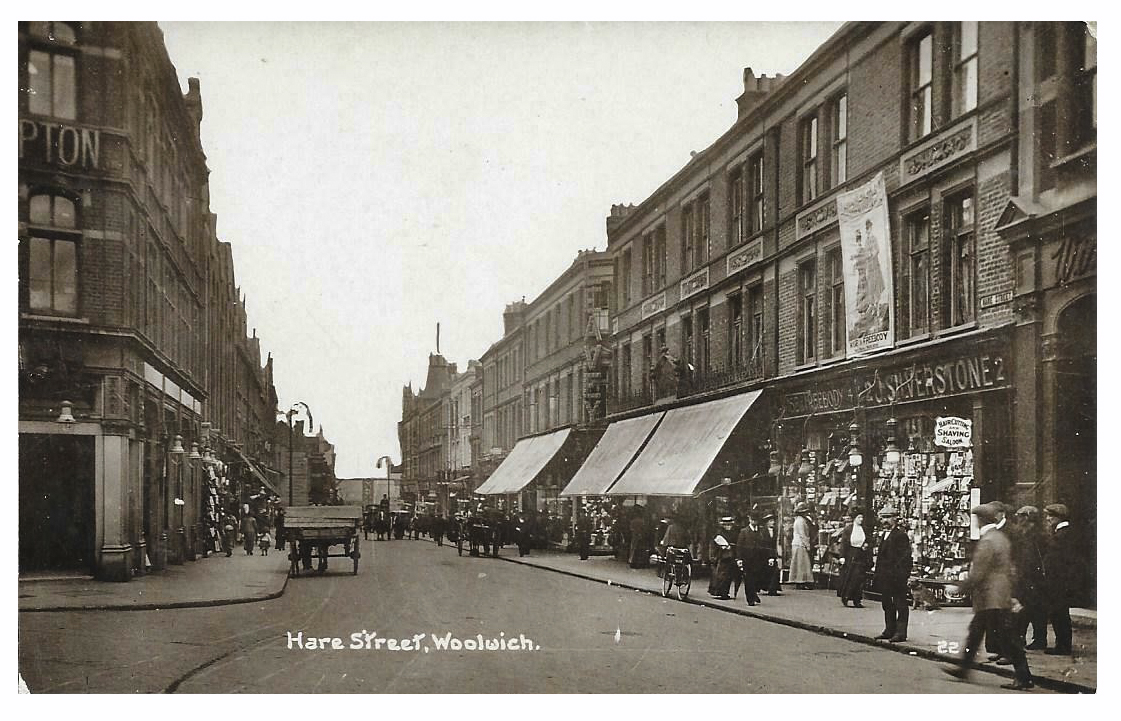Your basket is currently empty!
Latest
-
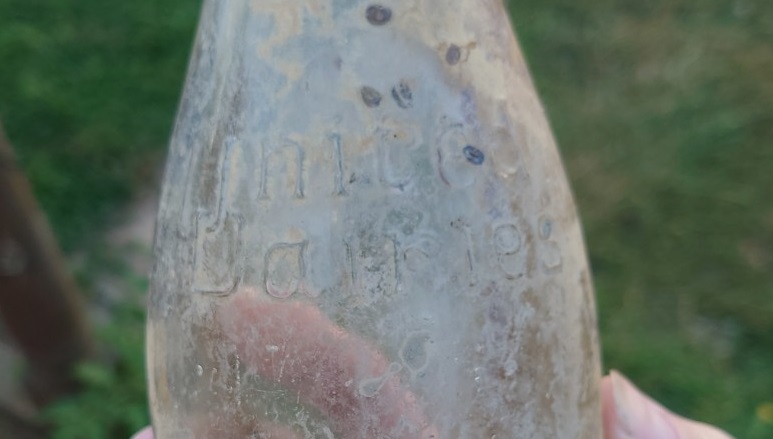
United Dairies Bottle, 1950s
I pulled this gorgeous United Dairies bottle from the mud in the same “horrible mudlarking” jaunt as my 1960 Coca-Cola bottle.
It is not my first intact bottle find – I did previously find an intact bottle at Charlton, but it was a modern miniature spirit and not especially exciting, whereas this feels like an actual find, even if not remotely reportable.
United Dairies was formed in 1915 by a wartime merger of three dairies who pooled their resources to keep afloat and in 1917 several London retailers joined them. Headquartered in Trowbridge, the company continued its expansion after the war and helped pioneer the sale of pasteurised milk in the late 1920s. Many of their creameries were served by the railways, including their works at Vauxhall which received milk via a pipe at the station! Here it is seen on a map in 1950, so around the time of our bottle:
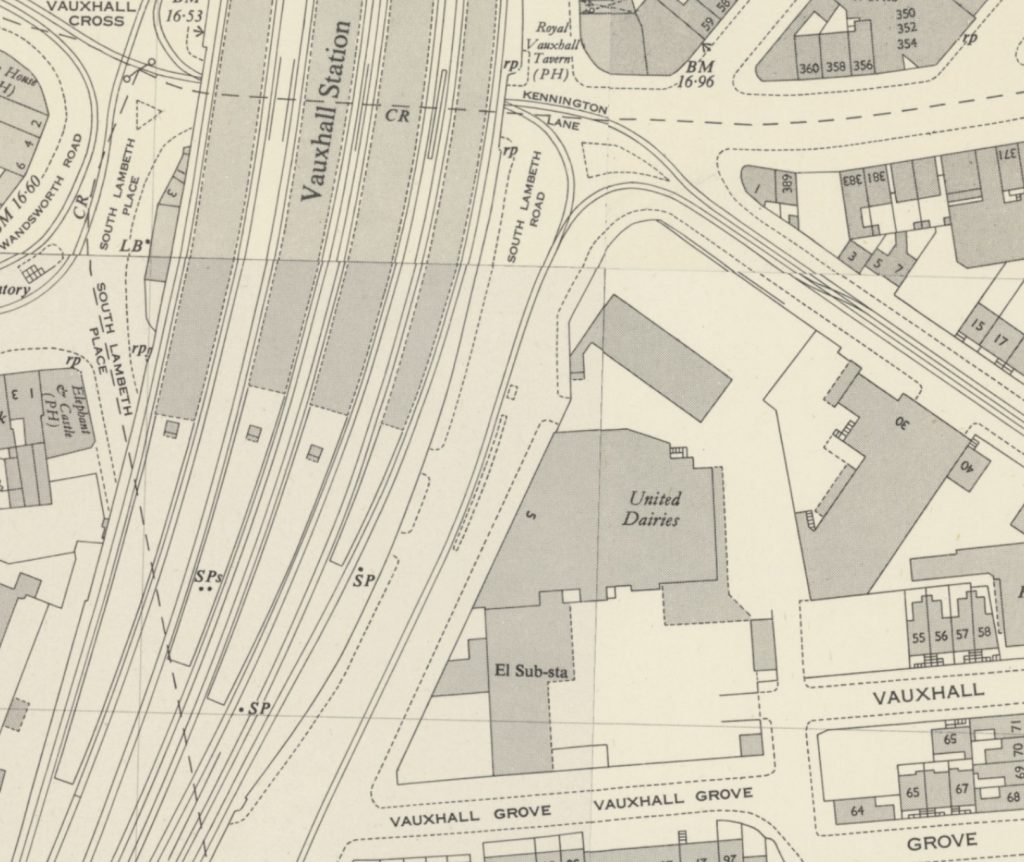
(Reproduced with the permission of the National Library of Scotland) Pictures of the trains in action at Vauxhall can be found here and here. In 1959 the company merged with rival Cow & Gate, creating Unigate, who sold off the dairy part of their business to Dairy Crest in 2000.
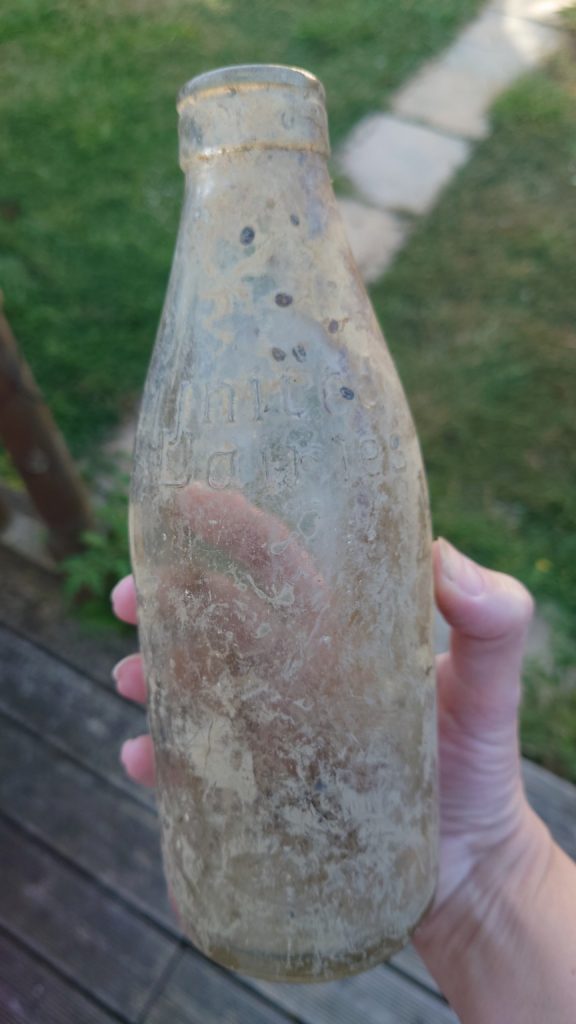
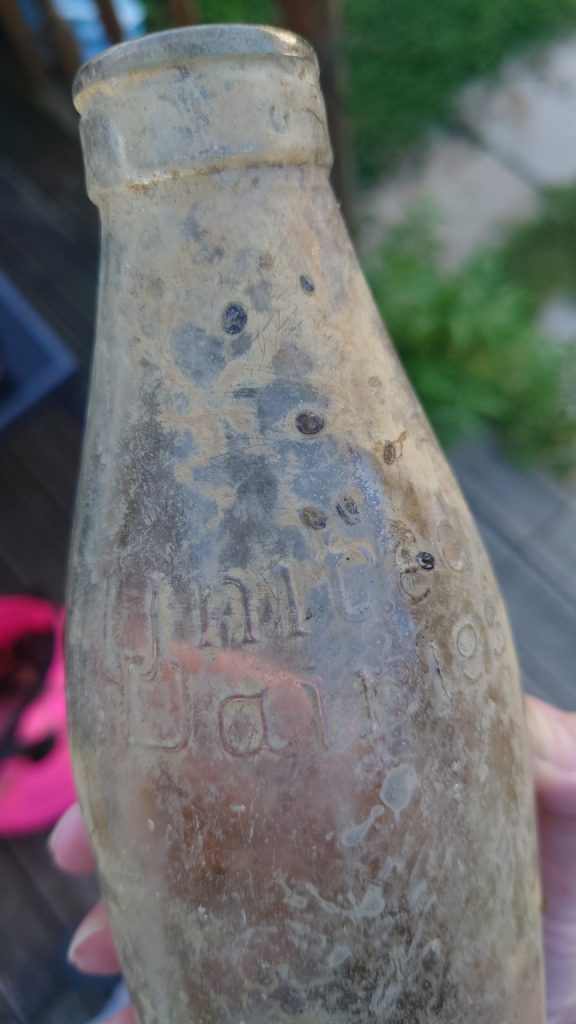
-

Classic Coca Cola bottle, 1960
On the south bank at a spot known for its rubbish, I found myself grossed out by my beloved River for the first time. At this very low tide the water was still, grease floating on top, and clots of rubbish and sanitary waste needed to be dodged. I’d also managed to step into knee deep mud while accessing the foreshore, in a total school girl error, getting covered as I clambered out, and had a brackish taste in my mouth. Ewwww.
Luckily, mudlarking is such a joy it easily conquered my fastidiousness, and my wellies had kept my feet dry, so after recovering I pressed on and began the careful walk back to the stairs I had intended to exit by. I’m so glad I did – I found some genuinely cool stuff!
This Coca Cola bottle was in such good condition I presumed it was modern but soon realised it was old-fashionably heavy, even with less mud inside, and on closer inspection the waist has the code 41F60 which would suggest 1960 as a date of manufacture.
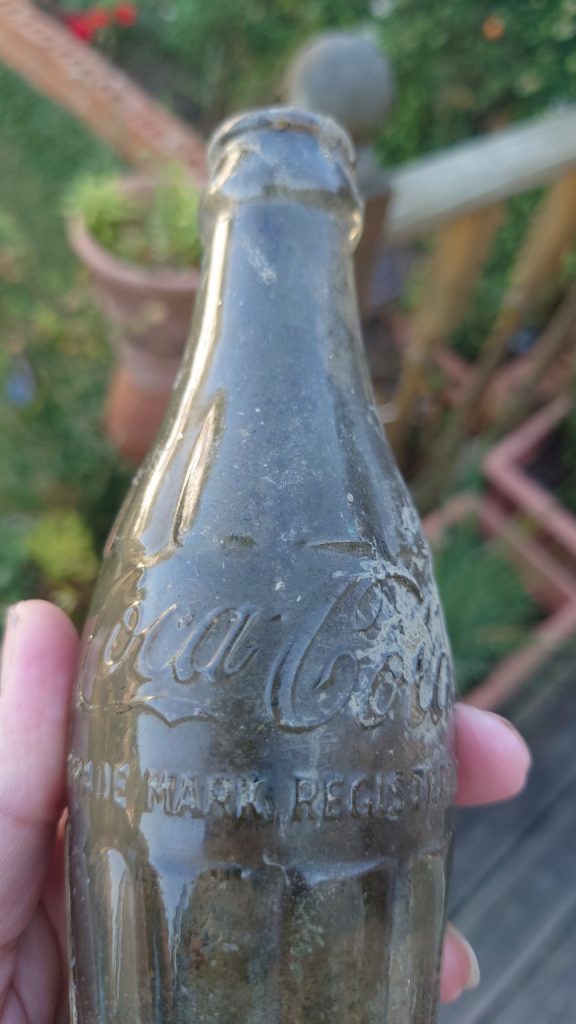

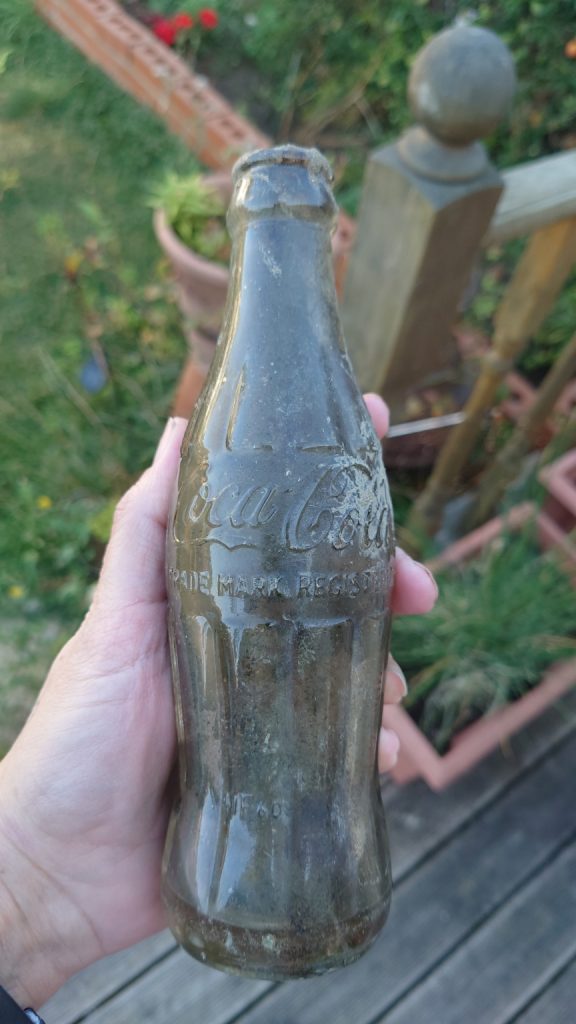
-
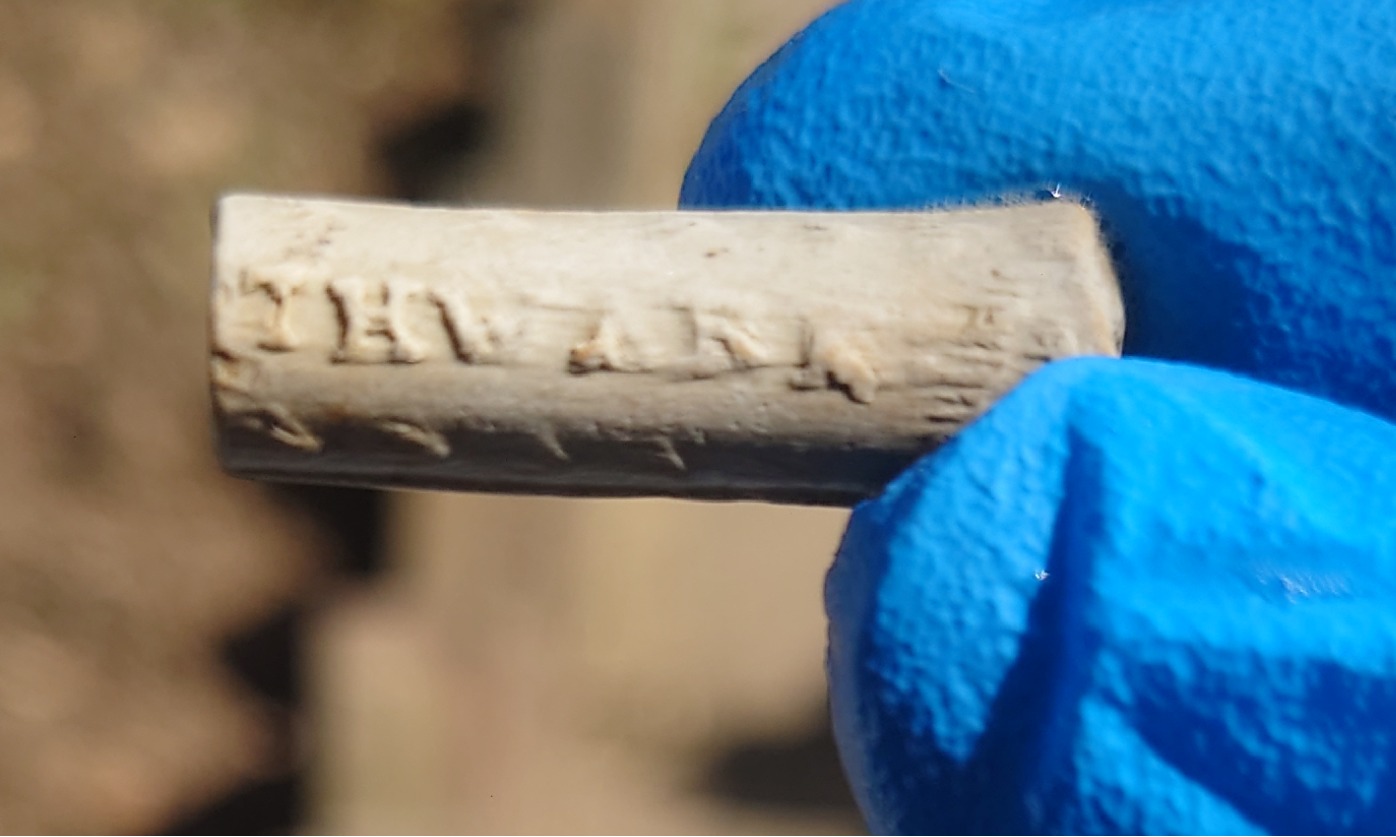
First not-plain pipe stem!
I washing this pipe stem when my fingers felt something my eyes had missed!
It says THWARK as you can see, indicating it was made in the area of Bankside (Southwark). There were many pipe-makers in the area. Unfortunately the marks on the other side, which could indicate a name, have worn too much to be easily readable.
-
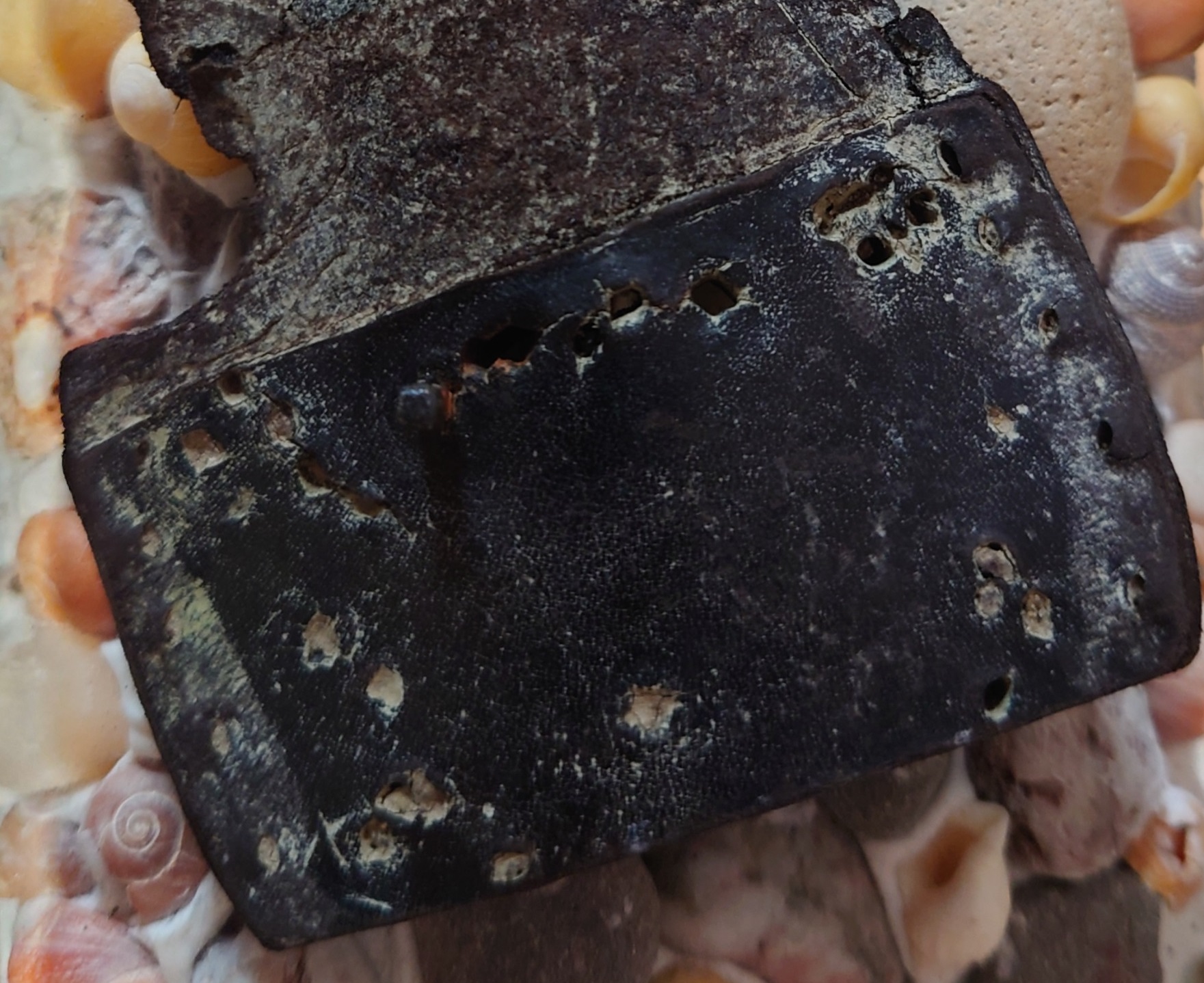
I saved a sole
Hobnail boot soles are very common on the foreshore and so were my first thought when I found this leather sole and saw that it had a nail in it.
As a child of the 70s, my only real reference point for hobnail boots is Constable Goon, Enid Blyton’s perpetually cross village plod, but once I paid attention to its size, I realised it was far too small for Goon or any other working man. It’s just 67mm at the widest point, and even allowing for shrinkage doesn’t seem to be the right shape to be a clompy work boot.
A boy’s or woman’s walking or school/work boot is my best guess at this point, based on the shape and how dainty it is.
Definitely something I’ll be coming back to once I know a bit more!

-
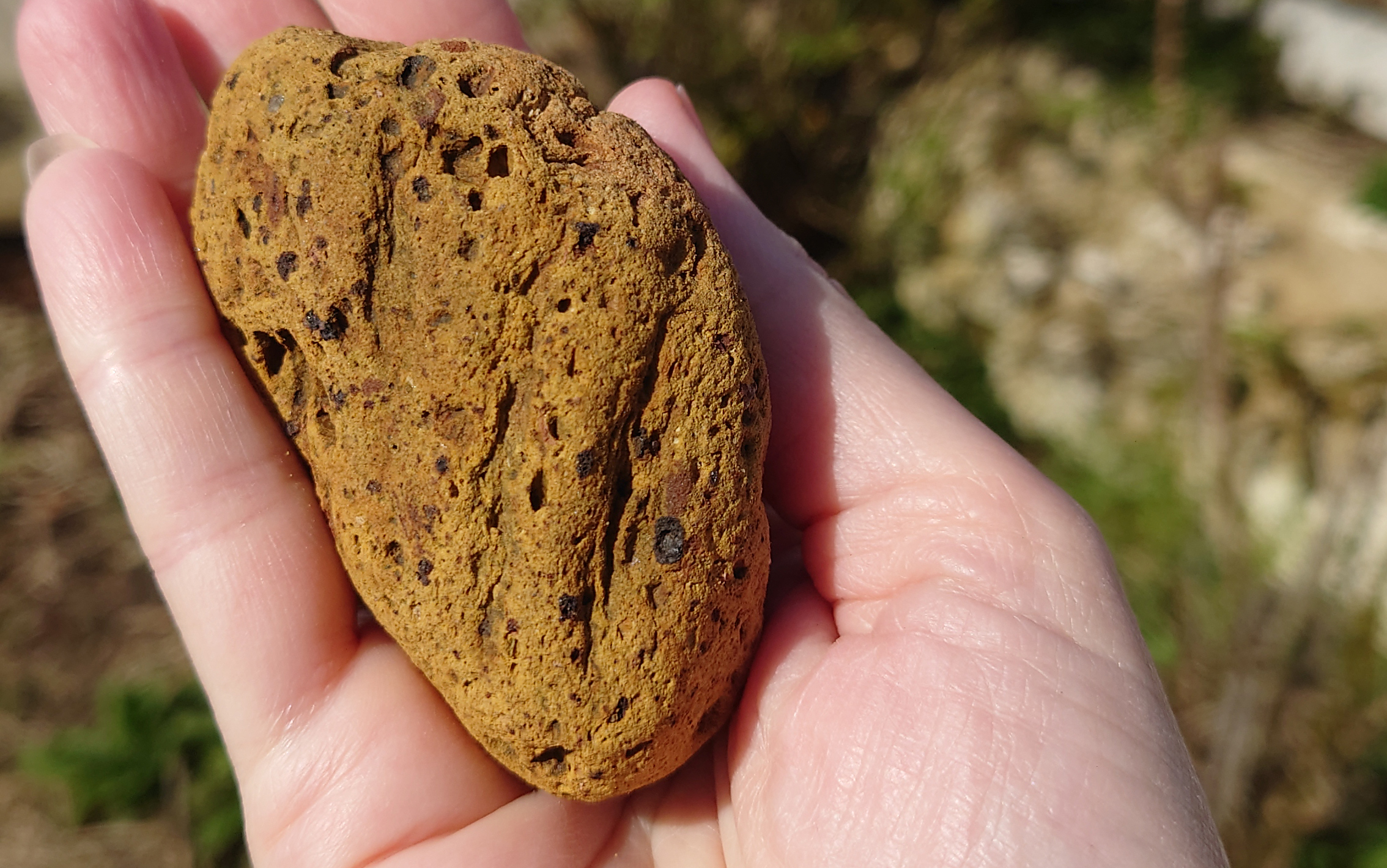
Thames potatoes
As an Irishwoman, I’m always pleased to see a nice potato and the Thames kind are no exception.
Thames potatoes are bricks that have been worn away into a pebble. “Captain Tidemark” reckons this process will take at least 50-150 years.
The London stock brick owes its distinctive yellow colour to the chalk content in the clay.
https://en.wikipedia.org/wiki/London_stock_brick
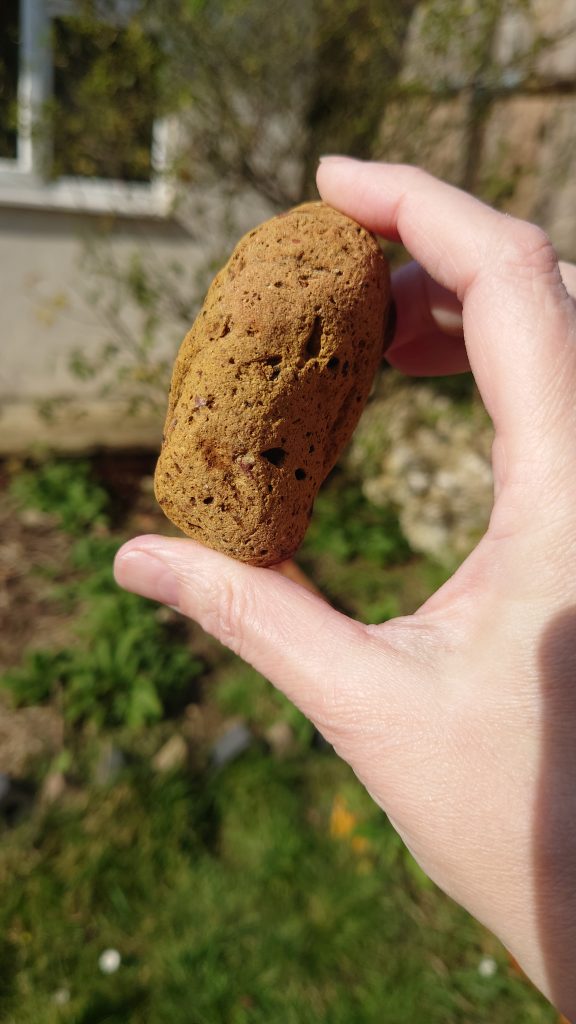
-
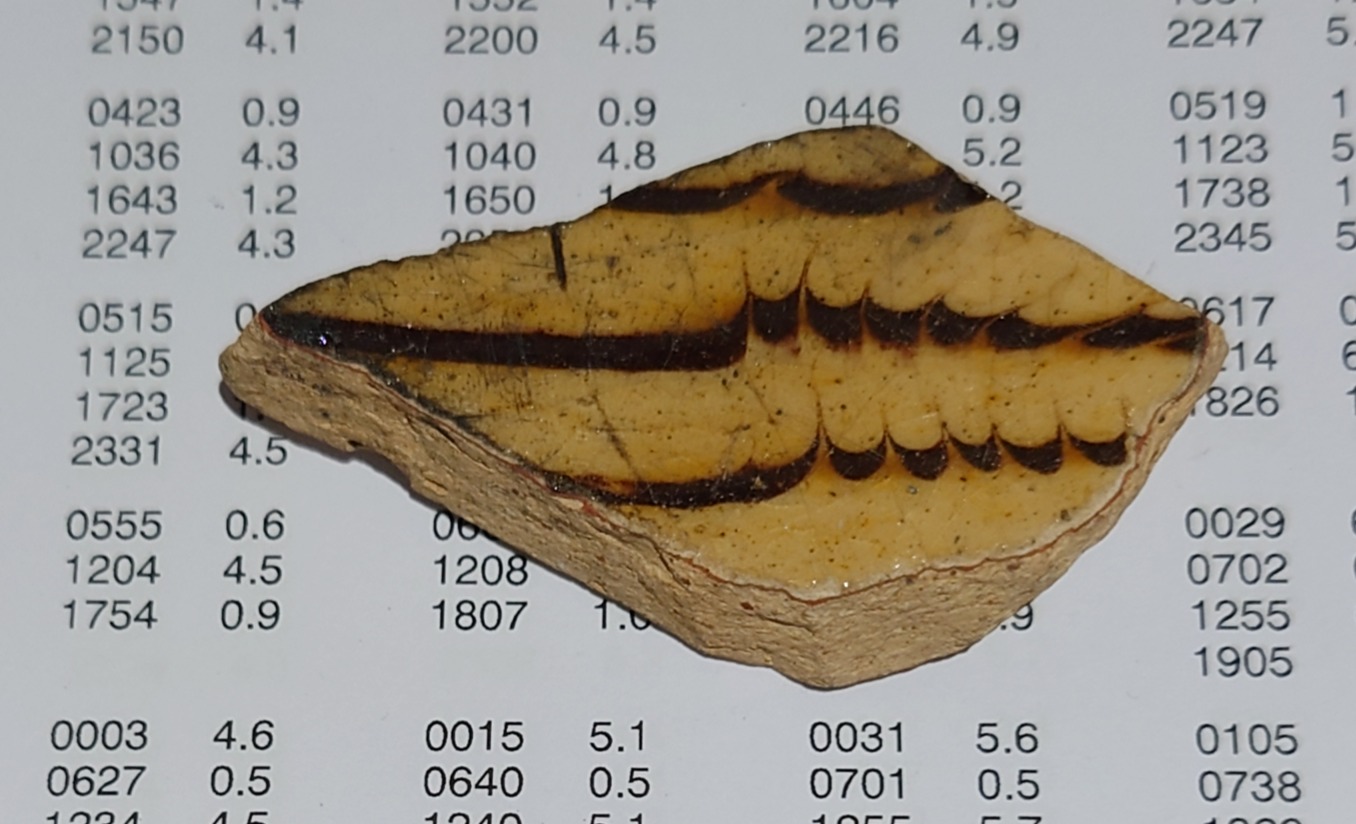
Staffordshire Slipware
I was excited to find this piece of pottery on my first lark that looks like icing, and honestly even more excited to find out it was fairly common. In fact, I found another bit today while on a casual Bankside walk-with-a-permit during my lunch break.
Slipware dates from the mid 17th to the mid 18th century and was used for tableware. Discussing the dimensions of the piece I found with Captain Tidemark, I am advised it is likely to be from a platter.
The glaze uses lead and is remarkably glossy as a result, with an interesting metallic line following the darker icing pattern.
It reminds me of the late 60s Hornsea Heirloom, which it must surely have influenced?
For more information about Staffordshire Slipware, see:
https://mudlarking.blogspot.com/2012/03/staffordshire-combed-slipware-1690-1830.html

-

Clay pipes
It’s a sign of what a total n00b I am to mudlarking that on my first trip yesterday, I may have absent-mindedly rejected the first clay pipe stem I saw as a piece of modern cable insulation! I was only when I then saw a few together that I realised what a complete eejit I was being.
Clay pipes were the only real option for European smokers from the introduction of tobacco until the Victorian era, when they were mostly replaced by cheap cigarettes and pipe smokers switched to other materials such as briar wood. Pipes can therefore be very useful indeed for archaeologists as dating evidence, as specialists can very accurately date their manufacture.
Clay pipes were mass produced, cheap and pretty much disposable, being replaced when they got broken or gunked up with the inevitable tar. Pubs would often offer them free when you bought tobacco, selling the pipes ready-filled. The earliest pipes are simple one-hitters, taking barely a pinch of the precious stuff. Later pipes have larger, more decorative bowls. The size of the pipe bowl increased as tobacco became cheaper, made possible by plantation slavery.
Here’s how they are made:
Here’s a Pathé video showing an expert making them in 1952 – Rex Key mentions the company featured:
This video includes the same factory in 1938:
For hundreds of years, smokers deliberately or accidentally turned their pipes into river litter, and they are still there for us to find. The multicoloured plastic vapes, lighters and whatnot that our generations of smokers have disposed of as carelessly will leave similar debris.
Decorative pipes are now rarer finds on the foreshore, so it might be a wee while before I have anything exciting to show you. Plenty of them out there already though, so please enjoy:
https://www.beachcombingmagazine.com/blogs/news/mudlarking-the-art-of-smoking
https://amudlarksdiary.com/2020/12/01/clay-pipes-tobacco-and-stuff/
Remember, it is illegal to search the tidal Thames foreshore without a permit from the Port of London Authority.
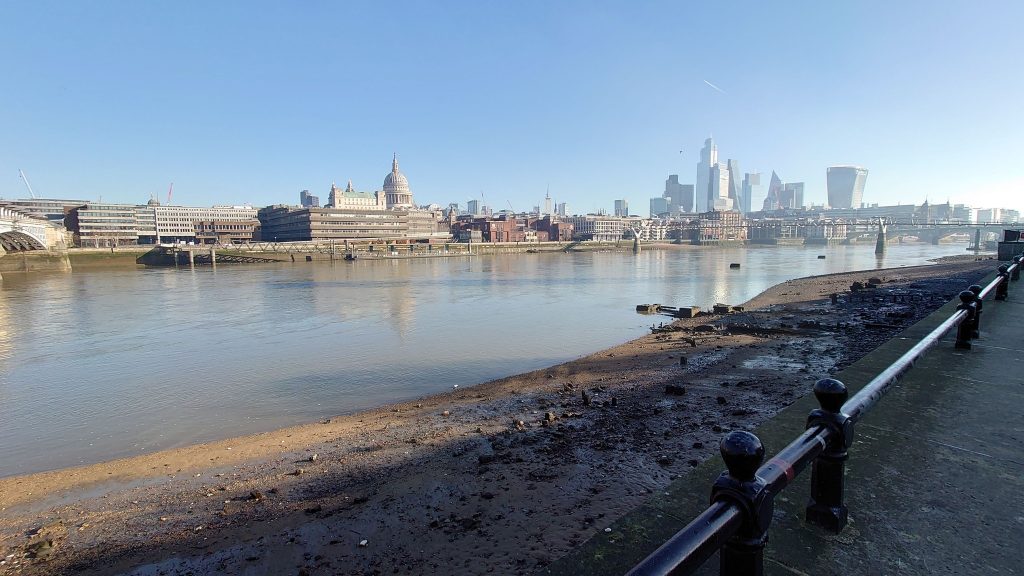
-
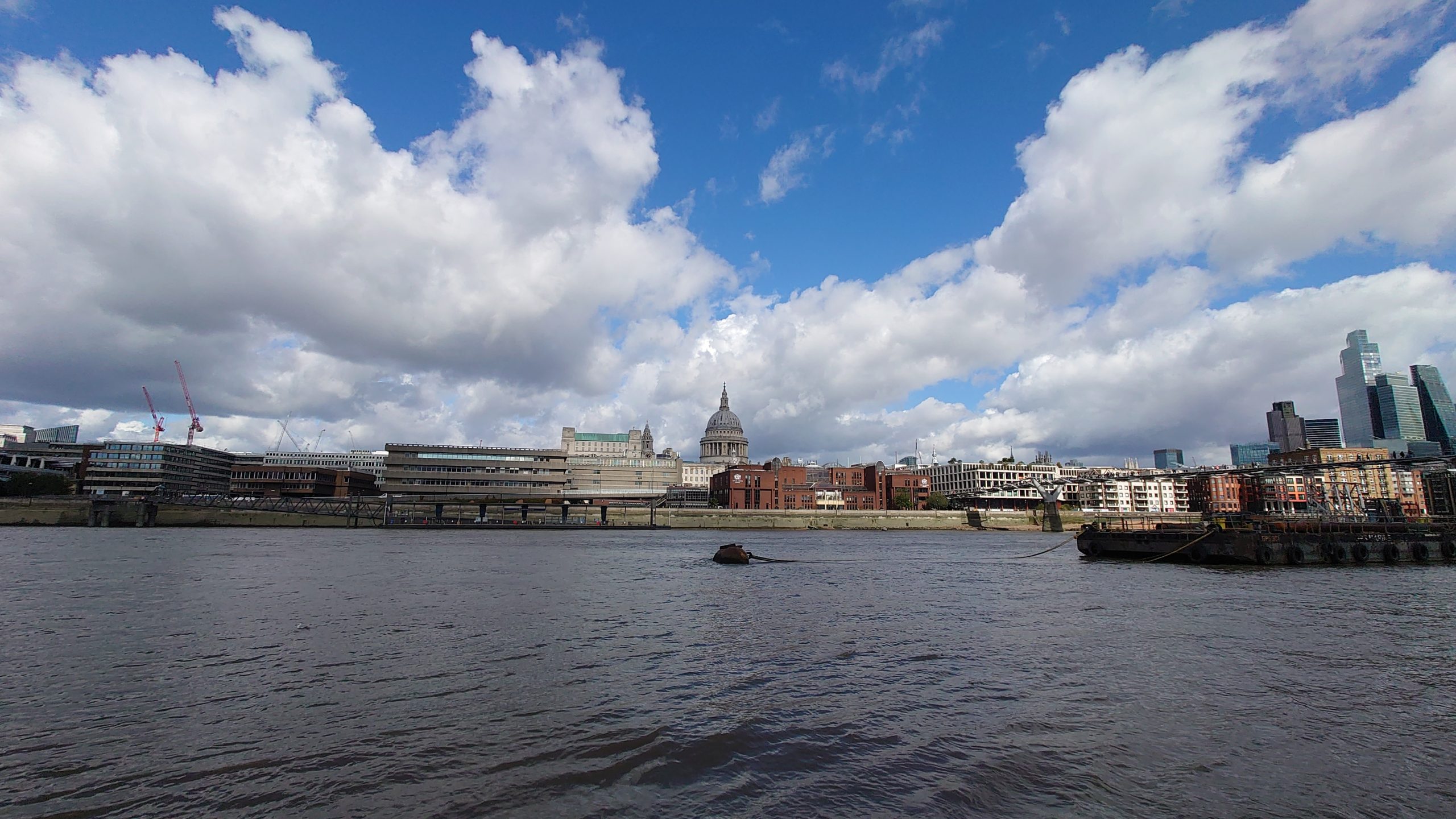
Mudlark bingo / find goals
I’m thinking of the various events and finds that should be on my newbie bingo card…
- First intact clay pipe
- First coin
- Up at dawn
- WET FEET
- Famous mudlarker
- Attacked by seagull
- First actual historical item
- Slipped and landed on arse
- First intact bottle
- First garnet!
Find goals added since original post:
- a button from Alvarez tailors
As you can see, I did not need a permit to find my first toast!
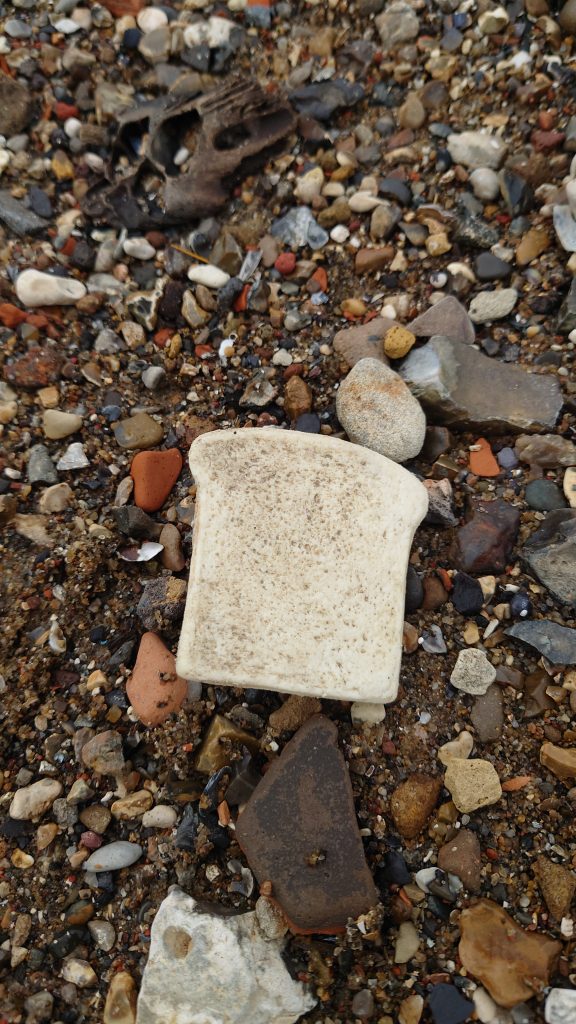
-
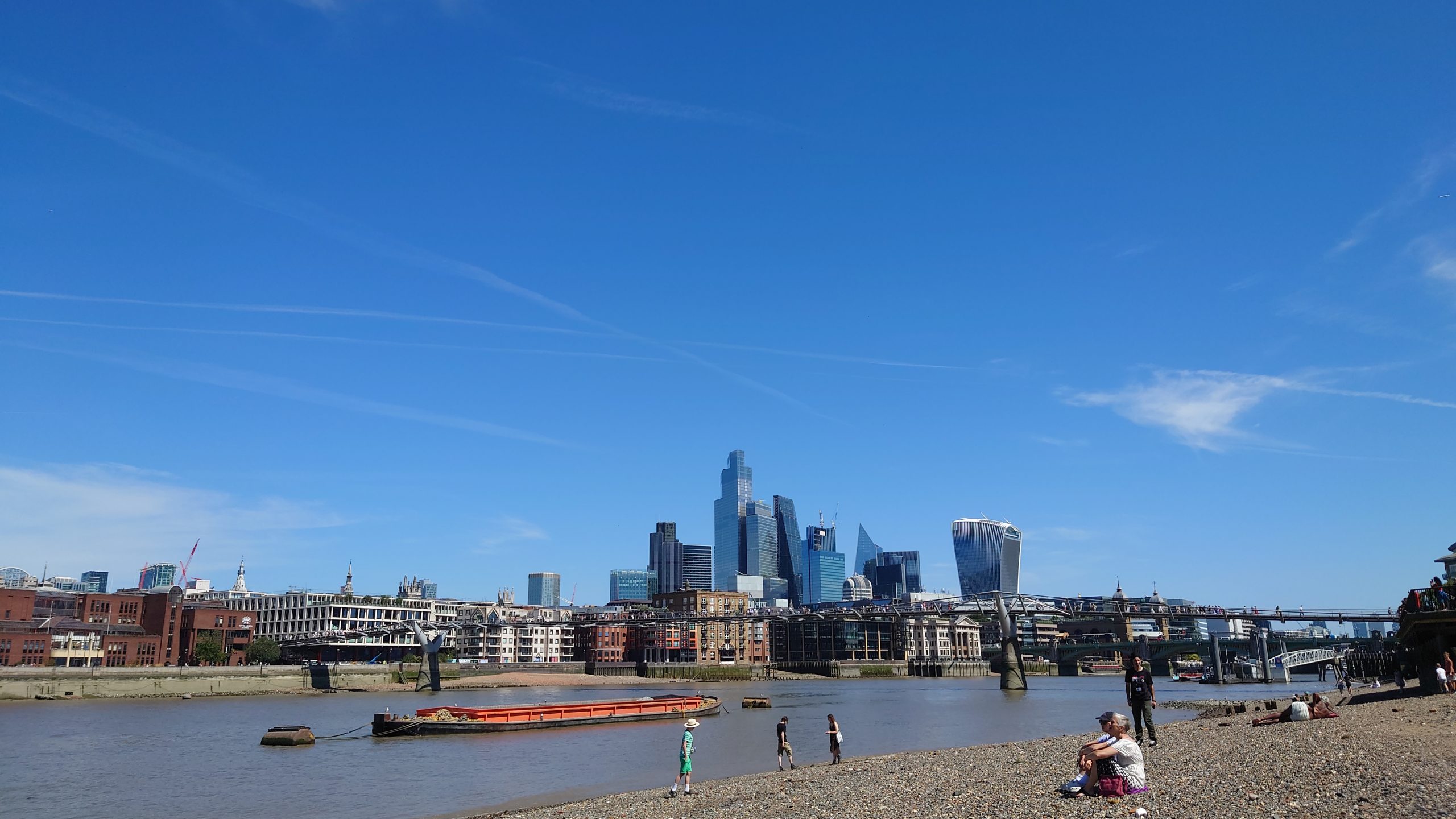
Hello!
I’m a newly approved mudlark, and can’t wait to make this space something special.
I love the Thames, and hope to be able to share that joy with everyone through the items I find.
